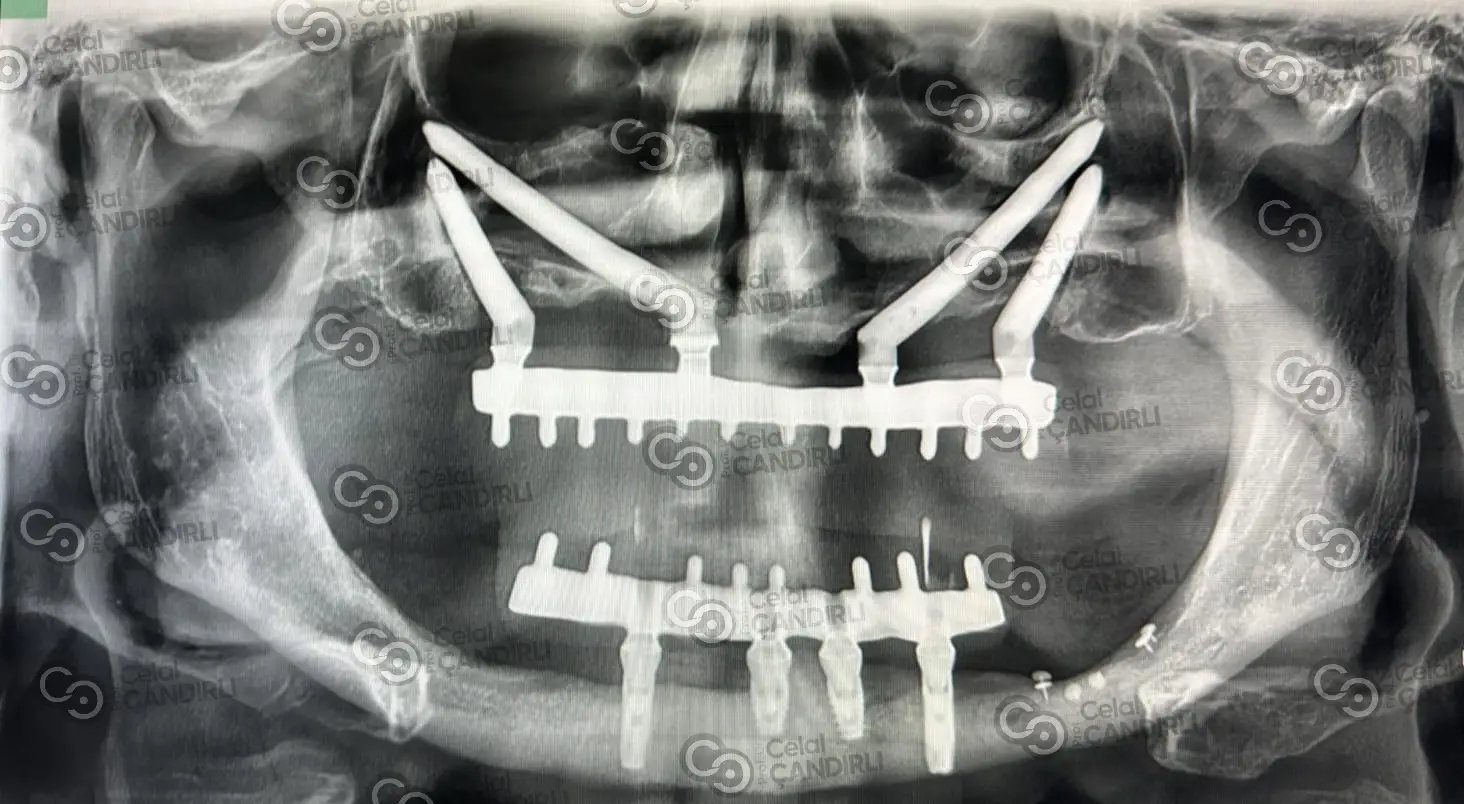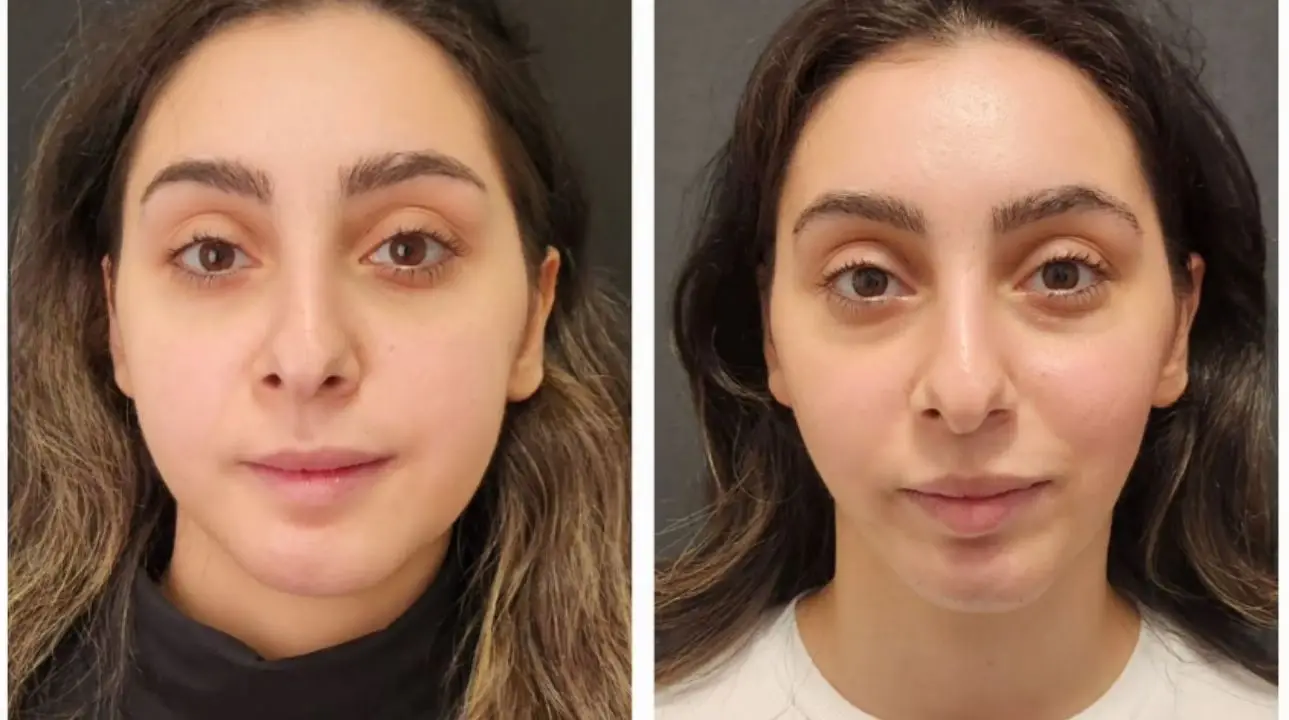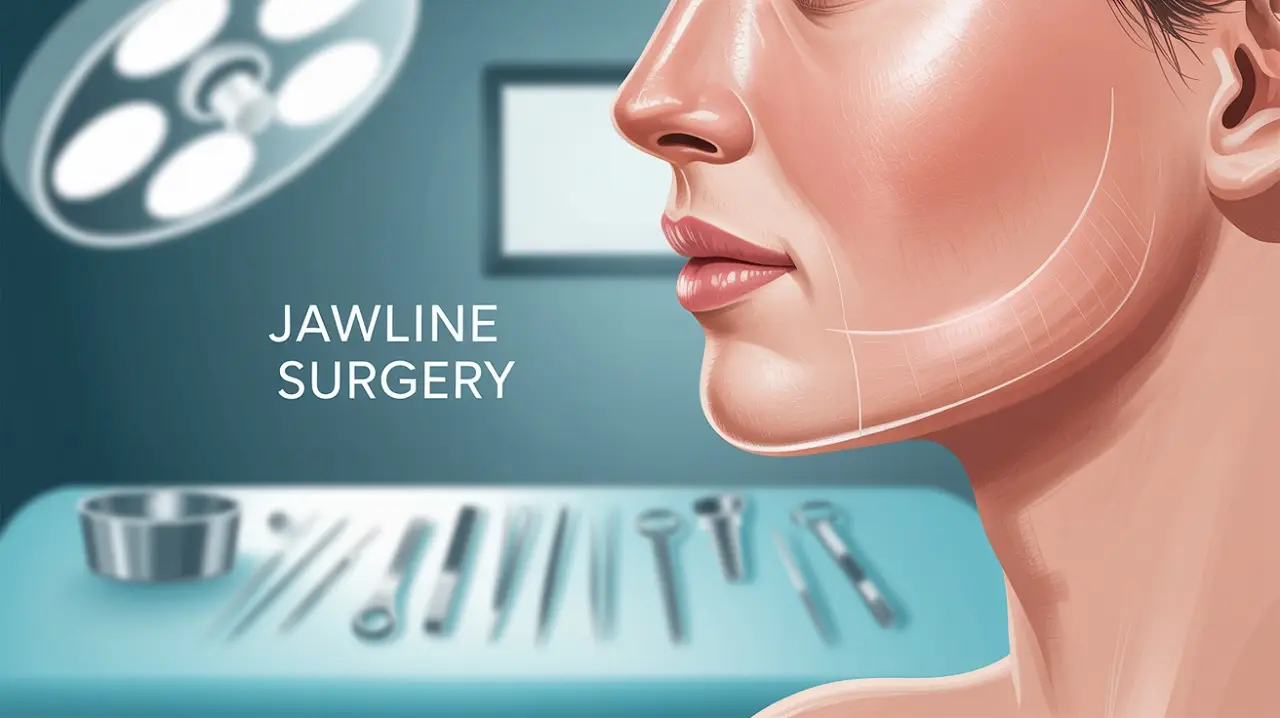When it comes to jaw surgery, not all procedures are created equal: While both orthognathic vs. cosmetic jaw surgery can enhance facial appearance, they serve very different purposes. Understanding the key differences between these two approaches is essential for choosing the right treatment plan—whether you’re aiming for better facial symmetry or resolving serious functional issues.
Comparing Orthognathic vs. Cosmetic Jaw Procedures
Orthognathic vs. cosmetic jaw surgery both alter the structure of the jaw, but the motivation behind each is significantly different. While one is medically necessary, the other is typically elective and purely aesthetic.
Let’s break down the distinctions based on purpose, technique, and outcomes in the context of orthognathic vs. cosmetic jaw surgery.
Orthognathic vs. cosmetic jaw surgery primarily differ in their goals. Orthognathic jaw surgery is performed to correct functional problems, such as:
- Misaligned bite (malocclusion)
- Difficulty chewing or speaking
- Chronic jaw pain or TMJ disorders
- Breathing issues, including obstructive sleep apnea
This type of surgery is often recommended by orthodontists in coordination with jaw specialists and usually requires pre- and post-operative orthodontic treatment (e.g., braces).
On the other hand, cosmetic jaw surgery focuses on enhancing the visual appearance of the jawline and face. It is ideal for patients who:
- Want a more defined or symmetrical jawline
- Desire a sharper chin or reduced jaw prominence
- Are seeking facial harmony without functional issues
In short, orthognathic vs. cosmetic jaw surgery represents a function-first versus appearance-first approach.
Surgical Techniques Used in Each Type
When discussing orthognathic vs. cosmetic jaw surgery, it’s important to note the differences in surgical techniques.
In orthognathic surgery, bone repositioning is performed using precise surgical cuts (osteotomies), which may include:
- Le Fort I osteotomy (upper jaw)
- Bilateral sagittal split osteotomy (BSSO) (lower jaw)
- Genioplasty (chin repositioning, sometimes combined)
The bones are realigned and fixed using titanium plates and screws. Recovery can take several months, and post-operative orthodontics ensures stable, long-term bite correction.
Cosmetic jaw surgery, however, uses less invasive techniques, such as:
- Chin implants or reduction
- Jaw angle contouring (shaving or grafting)
- Buccal fat removal or facial fillers for definition
These procedures typically have quicker recovery times but do not address underlying skeletal or bite issues, a key difference in orthognathic vs. cosmetic jaw surgery.
Before and After Results: Function or Form?
In orthognathic jaw surgery before and after comparisons, the difference is often dramatic—but not purely cosmetic. Patients experience:
- Improved jaw alignment
- Better chewing, speaking, and breathing
- Facial symmetry as a natural byproduct of skeletal correction
Meanwhile, cosmetic jaw surgery shows impressive visual improvements in facial contours but without functional changes. These patients typically have normal bite and jaw function to begin with.
Leading maxillofacial surgeon Prof. Dr. Celal Çandırlı, based in Istanbul, emphasizes the importance of matching the procedure to the patient’s goals—whether they are functional, aesthetic, or both—in the debate of orthognathic vs. cosmetic jaw surgery.
Frequently Asked Questions
While both orthognathic vs. cosmetic jaw surgery can result in a more harmonious facial appearance, they serve distinctly different purposes. Understanding the differences in function, technique, and outcomes is key to making an informed decision.
If you’re considering surgery and aren’t sure which path is right for you, consult a dual-trained specialist like Prof. Dr. Celal Çandırlı who can assess both functional needs and aesthetic desires—ensuring a safe and satisfying transformation in your orthognathic vs. cosmetic jaw surgery journey.
1. What is the main difference between orthognathic vs. cosmetic jaw surgery?
The key difference in orthognathic vs. cosmetic jaw surgery lies in the purpose: orthognathic surgery corrects functional jaw problems, while cosmetic surgery focuses on aesthetic improvements.
2. How long does recovery take after orthognathic vs. cosmetic jaw surgery?
Recovery from orthognathic surgery typically takes longer—several months due to bone healing—whereas cosmetic jaw surgery usually has a quicker recovery since it is less invasive.
3. Can orthognathic vs. cosmetic jaw surgery be combined?
Yes. Sometimes patients undergo both procedures to address functional issues and enhance appearance simultaneously, under expert guidance.
4. Will orthognathic vs. cosmetic jaw surgery leave visible scars?
Orthognathic surgery scars are usually inside the mouth and hidden. Cosmetic surgery scars depend on the technique but are often minimal and strategically placed.
5. How do I know if I need orthognathic vs. cosmetic jaw surgery?
A thorough evaluation by a specialist like Prof. Dr. Celal Çandırlı can determine if your needs are functional (orthognathic) or aesthetic (cosmetic).
6. Are the results of orthognathic vs. cosmetic jaw surgery permanent?
Both surgeries offer long-lasting results, but orthognathic surgery corrects bone alignment permanently, while cosmetic changes may vary over time with aging.
7. Is orthognathic vs. cosmetic jaw surgery covered by insurance?
Orthognathic surgery is often covered if medically necessary, while cosmetic surgery usually is not, as it is elective.








